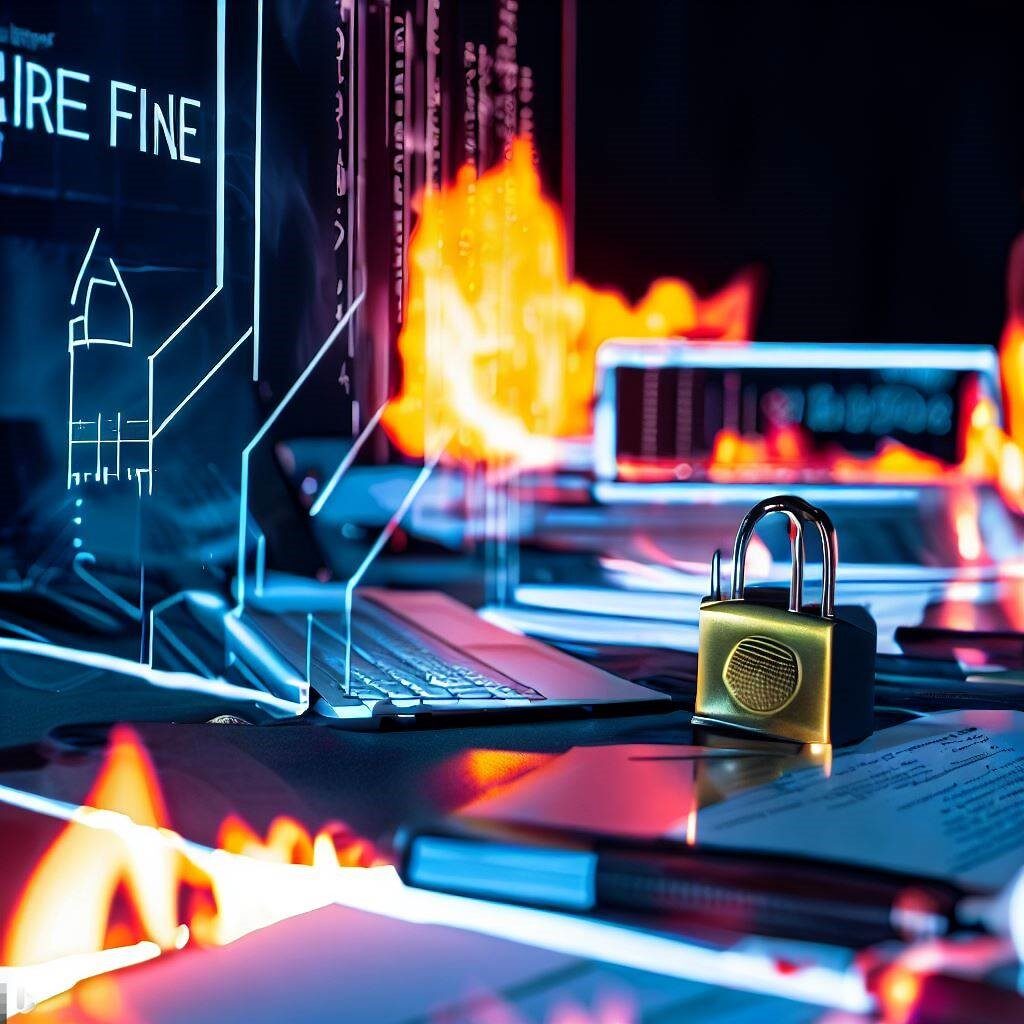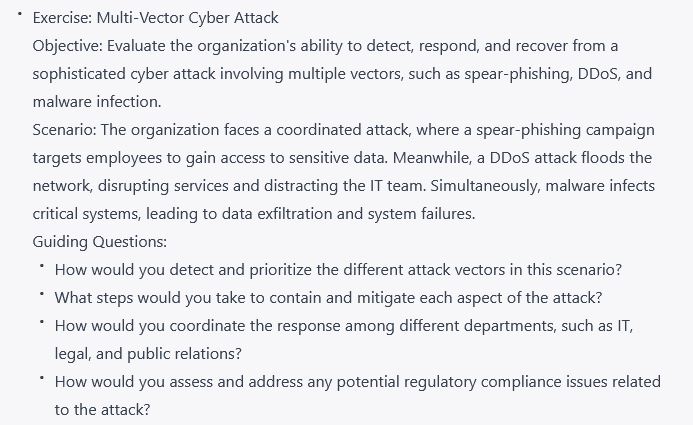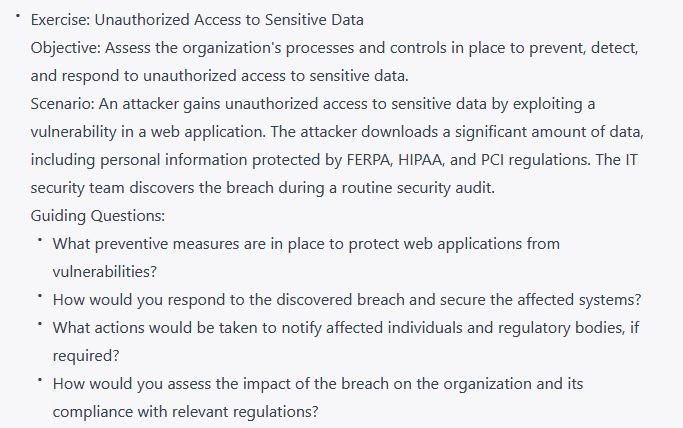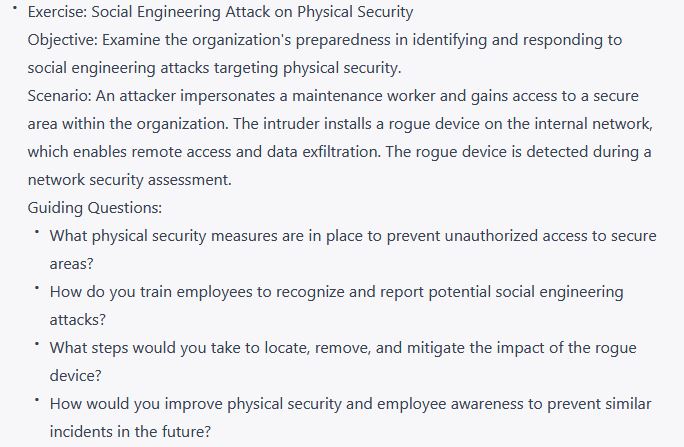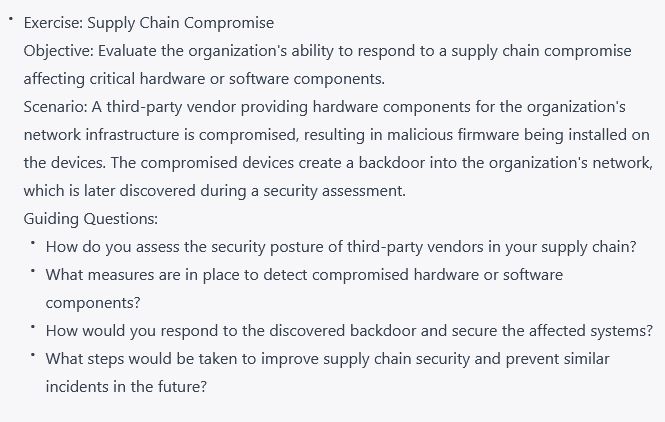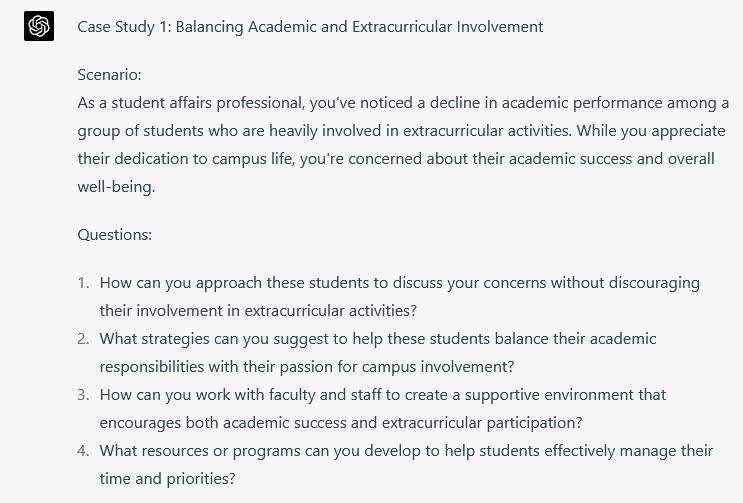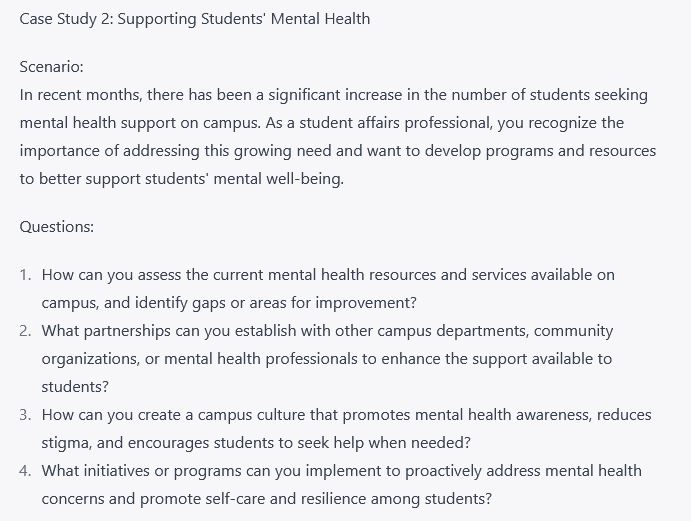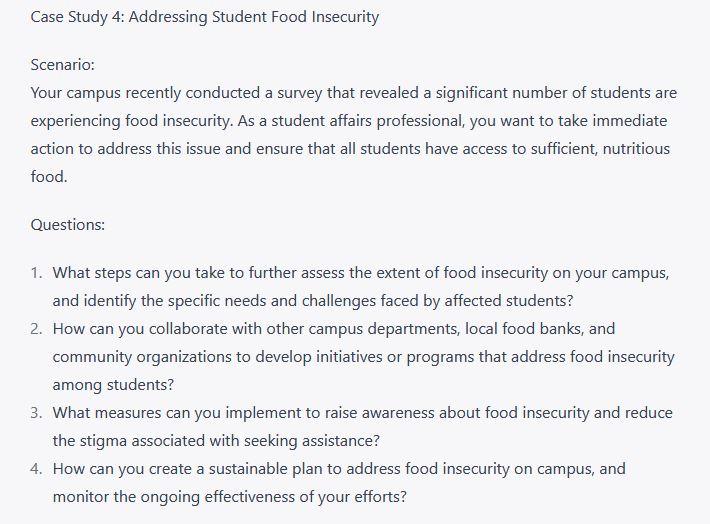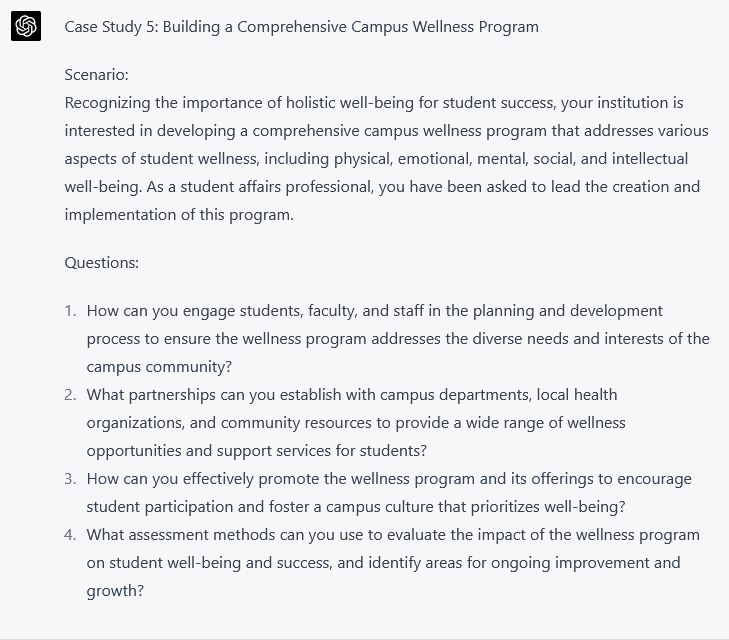How can we effectively provide service to those we serve without spending time with them and understanding their world?
I’ve been a staff advisor for student organizations for the last two decades and learned a very important lesson a few years ago. There was a year when I assumed I could maintain my relationship with the organizations I advise and the incoming student leaders and their needs and wants because I’d been their advisor for many years before that. I was caught off guard when I sensed a shift in attitude; explaining was challenging, but I felt it. I had to ask my colleagues if they were experiencing a change in student attitudes, and they confirmed my observation. It was neither bad nor good; it was just different. Another time, students started talking about “clickers,” and I had no clue what they were talking about.
One time, I was playing Pokémon with some students, and my supervisor, the Vice Chancellor for Student Affairs, happened to see us. The students thought I would be in trouble, but it’s quite the opposite. She was glad I spent time with students and pleased I played Pokémon walking around on campus so “I can experience paths where students go that I miss otherwise.” One of the most enduring pieces of advice she gave me is that as an administrator,” one of the most important insights we have to represent our students are the one-on-one conversations we have with them.” It’s also important to note that administrators probably spend time with student leaders and those already engaged. But the students we need to reach out to feel marginalized and suffer in silence because they either don’t know the services offered or don’t trust the campus.
Some communities require trust for staff/faculty/administrators to be genuinely invited into their communities. Often, it may take me more than a couple of years, even getting the urging of their peers comfortable with me, for younger students to meet with me. When I meet with them, they regret not accepting my offer for lunch sooner after finding out that I’m not as intimidating as they had presumed. I asked them why they didn’t meet with me sooner. They tell me they are trying to figure out how to respond to staff/faculty asking them to meet for casual lunch or coffee because they haven’t experienced that offer.
There’s a saying in the student affairs world to “meet students where they are,” which means making ourselves available at their events or just perusing what’s going on in social media to get a pulse of what’s going on. I follow the Facebook parents page, TikTok, and Twitter and am also alerted to Reddit posts on an unofficial campus subreddit. Even today, I’ve heard some colleagues reticent to using social media, but as my supervisor said, “You’re missing half the conversation if you don’t engage online.”
When we make decisions based not on students’ input or lack of understanding about their current world, not what we experienced as undergrads many decades ago, even with the best intentions, they can harm our students.

